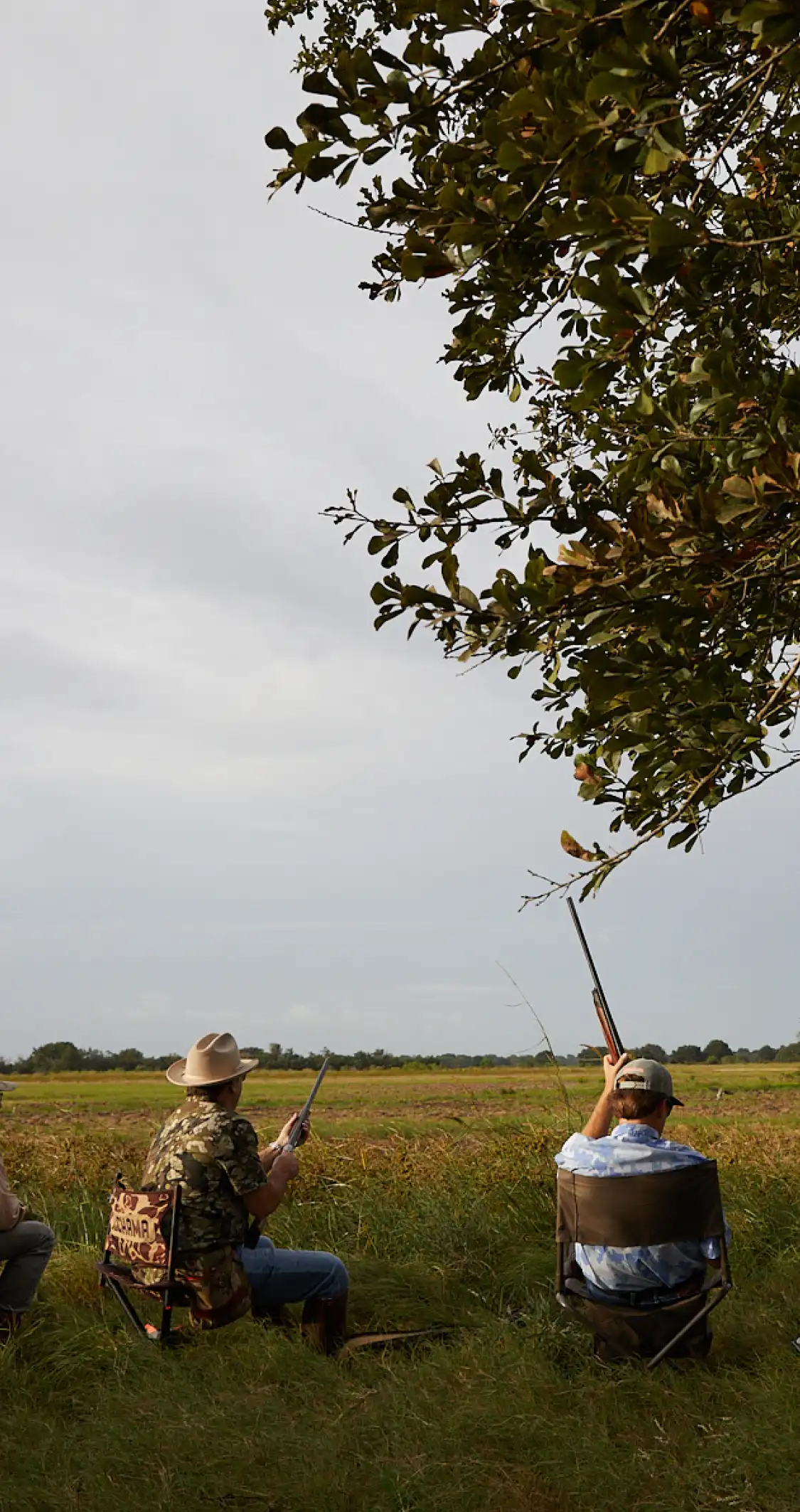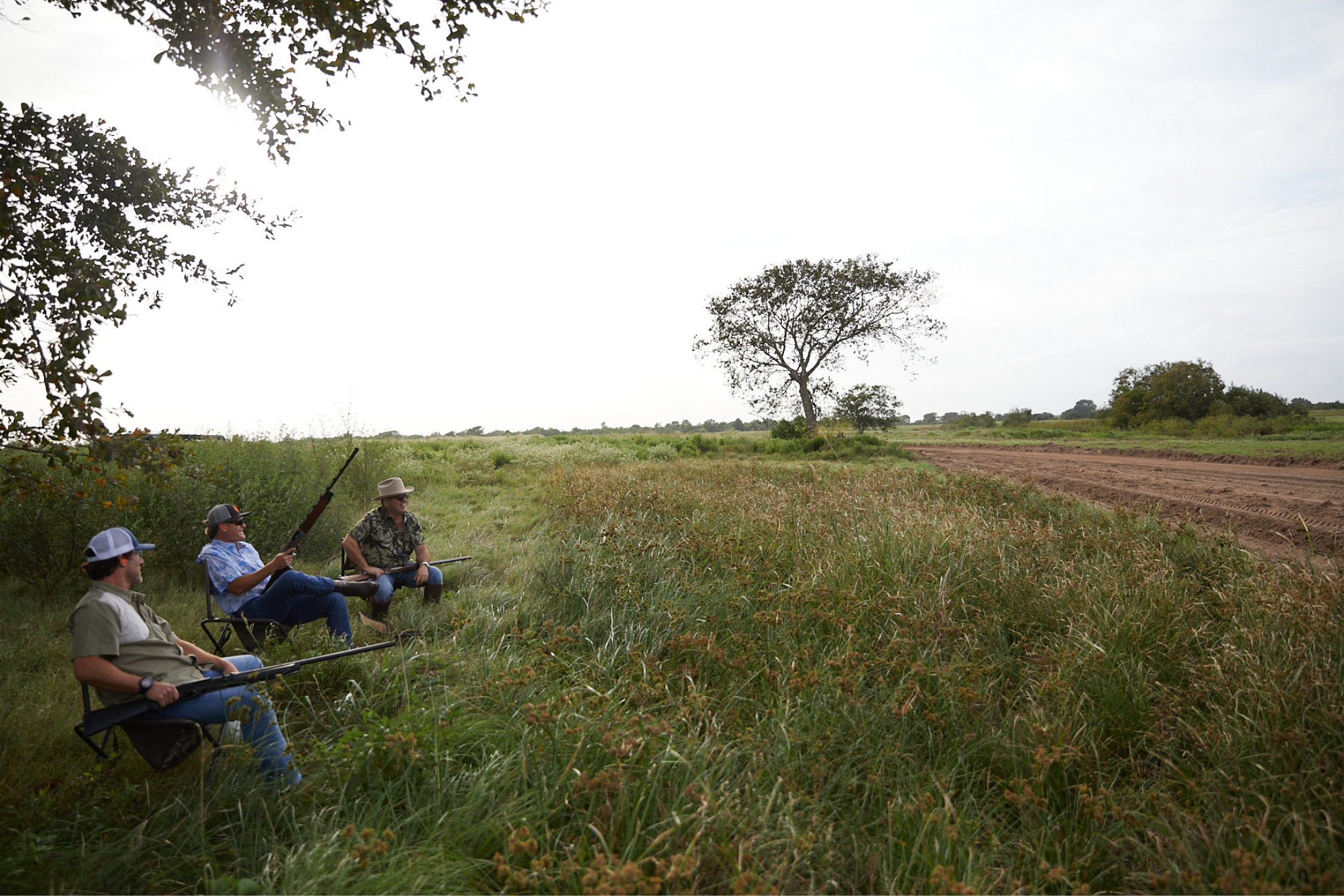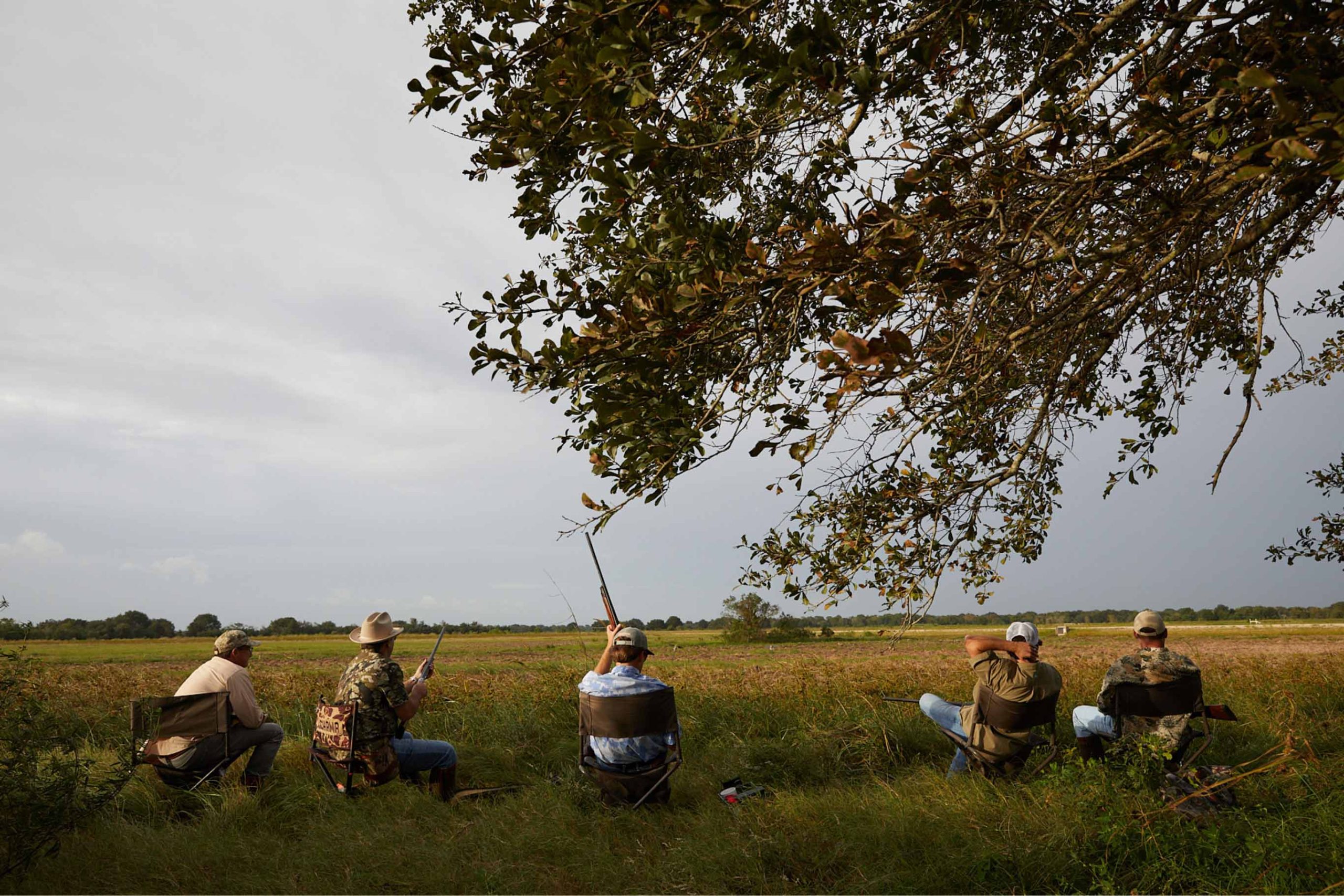
Have you been hard at work, practicing the foundational techniques I ran through in the first part of this series? If the answer is yes, by all means, read on. If you’re mildly confused at this point, stop and read Part One, which covers how to fit and mount your shotgun—without those elements, you’re putting the cart before the horse.
As you’ll quickly learn, shooting a shotgun is more akin to art than science, which is why I love it. That being said, don’t expect to master it any time soon. Like any art, you’ll be unstoppable one day and targets will be unbreakable the next. It’s just the way it is. But as long as you pay attention to the principles from Part One and apply them along with the principles in Part Two, you’ll be an effective shotgunner faster than you can say “pull.”
I’m going to break this down into some basic principles. Write them down. Study them. Take them to the range. Impress your buddies who’ve spent way too much time on the golf course when they should’ve been spending their time wisely—shooting shotguns.

Whether you're a hunter, shooter, or both, nothing can replace field experience.

There’s a reason that “easy” shots are hard and “hard” shots are easy. One forces an intuitive response, and the other an analytical response.

Whether you're a hunter, shooter, or both, nothing can replace field experience.
1. Don’t aim, point
This is the foundational element of shotgunning. It’s also one of the most difficult things to learn, particularly for those who’ve spent a good amount of time behind a rifle or even a bow. In the field, you don’t have time to think about logistics when a quail flushes in front of you. In fact, I can’t tell you how many times I’ve seen shooters (and, admittedly, myself) whiff on the “easiest” shots, where they have plenty of time to watch their target. On the other hand, I’ve seen the look on many hunters’ faces when they nail a “miracle” shot that caught them off-guard.
There’s a reason that “easy” shots are hard and “hard” shots are easy. One forces an intuitive response, and the other an analytical response. Proper shotgun technique turns the gun into an extension of your body. With the proper fit and mount, the gun will shoot where you point it—intuitively. If you try to “aim,” you’re going to overthink it and probably crane your neck down the barrel. But, if you trust your mount and trust your gun and just point it at the target and squeeze, you’ll be blown away by the result—and so will that clay pigeon.
2. See the target first
There’s a saying—“Slow is smooth and smooth is fast”—and that applies directly here. You may think it’s best to get your sights on the target right away, but whenever possible, do your best to slow down and take a good look at your target—you have more time than you may think.
I like to keep my gun at a lowered (but ready) position near my waist and pointed upward. I spot my target first, then raise my gun to take aim. If the target is moving crossways in front of you, this is particularly important because it gives you more time to gauge its speed and trajectory. If you immediately take aim on a crossing target, it’s very difficult to maintain a consistent swing until you’re locked on. If you wait, and raise just before you’re ready to shoot, you only need to track with the target for a fraction of the time.
On that note, it’s generally best to shoot with both eyes open. It’s an odd concept for many shooters, but you’ll be able to see your target more clearly. It takes some practice and may be awkward at first, but you’ll be a more confident shot in the long run.

Dove hunting may seem like low-stakes fun, but that doesn't mean it's easy. Those suckers are small and fast.
3. Focus on the goal, not the outcome
Wherever you’re shooting, try to forget about the circumstances. What I mean by this is don’t worry about anything but nailing your technique. I was recently listening to the Birdshot Podcast with hall-of-fame shooter Andy Duffy (check out the episode here) and he described this mentality perfectly. I’ll paraphrase.
Imagine these scenarios. A shooter has successfully hit 14 targets in a row but whiffs on the last target. Or, a hunter misses three pheasants in a row, starts commenting on it, and misses pheasants four and five as well.
This happens because they’re focused on the outcome, not the goal. The clay shooter is thinking, “I’m about to get a perfect score. Don’t screw this up.” The hunter is thinking, “I can’t miss the next bird because my buddies are going to give me hell for it.”
One of the best things you can do—whether things are going poorly or going well—is to erase the perfect record or ass-busting you’re going to get from your mind. Remember the components of a solid shotgun mount. Remember the principles listed here. As long as you follow the process, you will start or continue succeeding.

One of the best things you can do—whether things are going poorly or going well—is to erase the perfect record or ass-busting you’re going to get from your mind.


Practice proper technique and you may actually come away with more than empty shells on the dove opener.
4. Look for details
Here’s another saying for you—“aim small, miss small.” If you’re using the shotgun as an extension of your body, that also includes your eye. It only makes sense that you’d want to focus on the target you want to hit when you’re pointing your shotgun. I don’t mean simply the bird, either. I’m talking about pointing the gun at very specific points—like an eye or beak, for example—and focusing all of your attention on it.
When an object is moving quickly, it’s hard to decide when to pull the trigger. It’s even more difficult when you’re focusing on a general area instead of a specific area. Even further, I think there’s a subconscious effect as well. When you pinpoint something exact, your entire body focuses even more tightly on that point and you’re less apt to be drawn away by objects in your periphery, like other birds, for example. Pick exactly where you’d like to shoot and point the gun at it.
5. Shoot for the situation
Admittedly, this last principle is a bit of a catch-all. I pointed out at the beginning that mastering the shotgun is a lifelong pursuit, and part of the reason for that is because the natural world is not predictable. As you get more experienced with a shotgun, you’ll learn how to adapt to the situation at-hand. I’ll run through a few examples.
- Man-made targets tend to slow down, which means you’ll need to lead the target less over time. Alternatively, birds and other game species tend to speed up, which means you’ll need to increase your lead.
- As for how much to lead the target, that’s something that comes with experience. Dove? A lot. Pheasants? Not so much. Ducks? Somewhere in between. As a rule, the faster an object is moving, the more lead you’ll need to give it.
- As you’re swinging your gun, remember to keep a smooth motion and swing through your target, instead of swinging to a stop or trying to guess where the pellets and your target will intersect. Match the target’s speed, swing through to the appropriate lead, and pull the trigger. If you find yourself shooting behind your target, try to actually miss in front of your target. Actually try. You’ll be surprised how often you’ll connect.
- For targets moving away from you or toward you, the same principle applies—you’ll need to shoot slightly above your target.
- Objects on the ground, like rabbits, seem to be moving faster than they actually are because there’s a direct reference (the ground). Even if you miss and see a puff of dirt behind the target, you’re probably missing in front, even though the opposite seems true. In this case, it's best to point right at your target.
This feels like a good spot to call it a day. It may seem like a lot of information, but the beauty of shooting a shotgun is that so much of it comes naturally with practice and experience. It shouldn’t feel difficult or awkward, at least eventually. The trick is to get started now, so you’re ready for the field when hunting season seems calling. That way you’ll be less “pray and spray” and a whole lot more “point and shoot.” Good luck.
Photography by Jody Horton.
